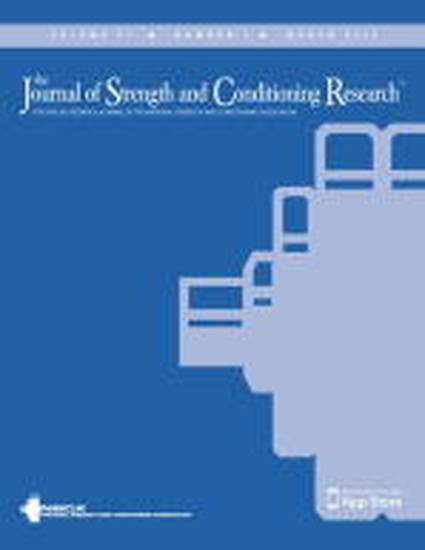
The ability to metabolize or tolerate lactate and produce power simultaneously can be an important determinant of performance. Current training practices for improving lactate use include high-intensity aerobic activities or a combination of aerobic and resistance training. Excessive aerobic training may have undesired physiological adaptations (e.g., muscle loss, change in fiber types). The role of explosive power training in lactate production and use needs further clarification. We hypothesized that high-volume explosive power movements such as Olympic lifts can increase lactate production and overload lactate clearance. Hence, the purpose of this study was to assess lactate accumulation after the completion of 3 different volume patterns of power cleans. Ten male recreational athletes (age 24.22 ± 1.39 years) volunteered. Volume patterns consisted of 3 sets × 3 repetition maximum (3RM) (low volume [LV]), 3 sets × 6 reps at 80–85% of 3RM (midvolume [MV]), and 3 sets × 9 reps at 70–75% of 3RM (high volume [HV]). Rest period was identical at 2 minutes. Blood samples were collected immediately before and after each volume pattern. The HV resulted in the greatest lactate accumulation (7.43 ± 2.94 mmol·L−1) vs. (5.27 ± 2.48 and 4.03 ± 1.78 mmol·L−1 in MV and LV, respectively). Mean relative increase in lactate was the highest in HV (356.34%). The findings indicate that lactate production in power cleans is largely associated with volume, determined by number of repetitions, load, and rest interval. High-volume explosive training may impose greater metabolic demands than low-volume explosive training and may improve ability to produce power in the presence of lactate. The role of explosive power training in overloading the lactate clearance mechanism should be examined further, especially for athletes of intermittent sport.
Available at: http://works.bepress.com/shawn_simonson/20/
